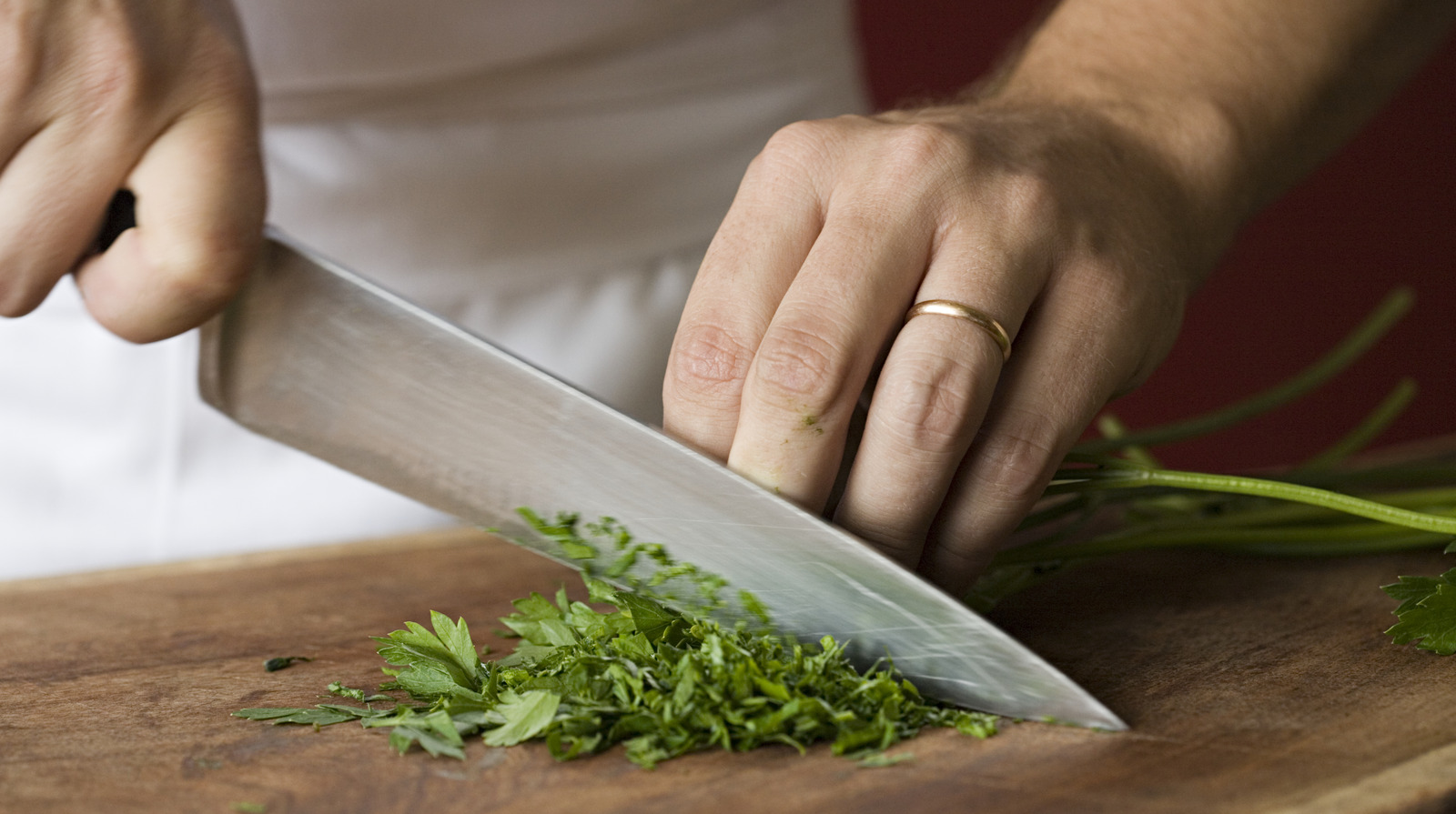What Are Cutting Boards Made Of? Exploring Different Materials
Written By James Morgan
Cutting boards are an essential kitchen tool for barbecue enthusiasts and at-home chefs alike. Understanding what cutting boards are made of can significantly impact your cooking experience, food safety, and even the flavor of your meals. This article delves into the various materials used to construct cutting boards, helping you make an informed decision for your next grill session.

Wooden Cutting Boards
Wooden cutting boards are a timeless choice. Known for their durability and knife-friendly surface, they come in several types of wood like maple, walnut, and bamboo. Each type offers unique characteristics that make it ideal for different purposes.
Maple Cutting Boards
Maple wood is a popular choice because it's hard and has a tight grain, which helps to prevent bacterial growth. Its density also makes it a sturdy option, capable of enduring the heavy chopping common in barbecue preparation. Want to know how to maintain a wood cutting board? Read more here.
Walnut Cutting Boards
Walnut cutting boards are softer than maple, making them gentler on your knives. They also have a luxurious dark color that adds elegance to any kitchen.
Bamboo Cutting Boards
Bamboo is technically a grass but is commonly included in the wooden category due to its similar properties. It's eco-friendly, growing rapidly without the need for pesticides. Bamboo cutting boards are lightweight, durable, and resistant to bacteria.

Plastic Cutting Boards
Plastic cutting boards are another popular option. Typically made from polyethylene or polypropylene, they are lightweight, affordable, and dishwasher-safe. Their non-porous surface makes them highly sanitary.
Advantages of Plastic Cutting Boards
One significant benefit of plastic is its color-coded options, which help prevent cross-contamination. Learn more about how to prevent contamination using color-coded boards here.

Composite Cutting Boards
Composite boards are made of a combination of wood fibers and resins. These boards are strong and durable, often used in professional kitchens. They offer the benefits of both wood and plastic cutting boards, being both knife-friendly and dishwasher-safe.

Glass Cutting Boards
Although less common, glass cutting boards are available on the market. They are non-porous and exceptionally easy to clean, making them very hygienic.
Drawbacks of Glass Cutting Boards
On the downside, glass cutting boards are hard on knives and can cause them to dull quickly. They are also more susceptible to breaking than other materials.
Stone Cutting Boards
Stone cutting boards, often made from marble or granite, are another option. These boards are incredibly durable and offer a unique aesthetic appeal.
Considerations with Stone Cutting Boards
Like glass, stone boards are tough on knives, causing them to dull. Additionally, stone cutting boards are quite heavy, making them less convenient for everyday use.
Sanitizing and Maintenance
Maintaining your cutting board is essential for food safety and longevity. Wooden boards require regular oiling to keep them from drying out and cracking. Plastic boards should be cleaned with hot, soapy water and sanitized regularly. Curious about preventing mold on your cutting board? Learn more here.
FAQs
Are wooden cutting boards safe?
Yes, wooden cutting boards are safe if they are properly maintained. Regular oiling and thorough cleaning can prevent bacterial growth.
Can plastic cutting boards go in the dishwasher?
Yes, most plastic cutting boards are dishwasher-safe, making them easy to sanitize between uses.
How often should I replace my cutting board?
It depends on the material and how heavily it's used. Wooden boards can last for years with proper maintenance, while plastic boards may need replacing more often.
As an Amazon Associate, I earn from qualifying purchases.



